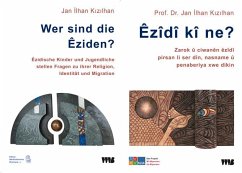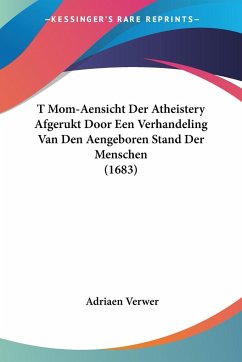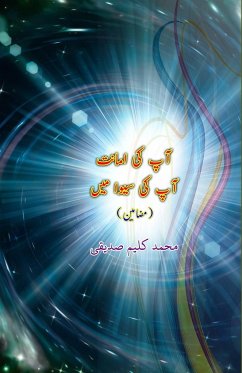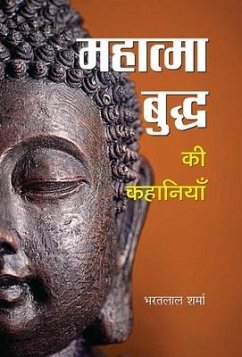Nicht lieferbar
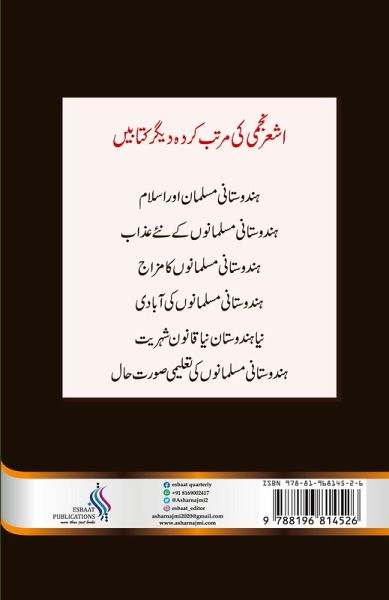
Hindustani Siyasat Mein Musalmanon Ki Hissedari
Versandkostenfrei!
Nicht lieferbar
A discussion of Muslim politics in contemporary India will remain entirely meaningless unless the two popular but conflicting meanings of Muslim representation are considered. In general, the representation of Muslims is regarded as a normative ideal. The argument is made that an adequate presence of Muslim members of parliament (MPs) and members of legislative assemblies (MLAs) in legislative bodies is conducive to effective and conducive democratic politics. This argument relies heavily on the egalitarian values enshrined in the Indian Constitution as a political yardstick to assess the unde...
A discussion of Muslim politics in contemporary India will remain entirely meaningless unless the two popular but conflicting meanings of Muslim representation are considered. In general, the representation of Muslims is regarded as a normative ideal. The argument is made that an adequate presence of Muslim members of parliament (MPs) and members of legislative assemblies (MLAs) in legislative bodies is conducive to effective and conducive democratic politics. This argument relies heavily on the egalitarian values enshrined in the Indian Constitution as a political yardstick to assess the under-representation and/or under-representation of Muslims in Parliament and state legislatures. This theoretical analysis employs a remarkably straightforward methodology to ascertain the political representation of Muslims. It is assumed that there is a direct and reciprocal relationship between the elected representatives of the Muslim community and the Muslim population at large. Consequently, the percentage of Muslim representation (representation ratio) can be determined by dividing the total Muslim population of India by the number of elected Muslim MPs and MLAs. This mechanistic analysis of Muslim representation is also employed to elucidate the social and economic marginalization of Muslims. A subset of political analysts posits that one of the primary causes of this marginalization is the under-representation of Muslims. In light of the findings presented in the Sachar Commission Report (2006), it is underscored that the political representation of Muslims is both morally imperative and democratically desirable.




